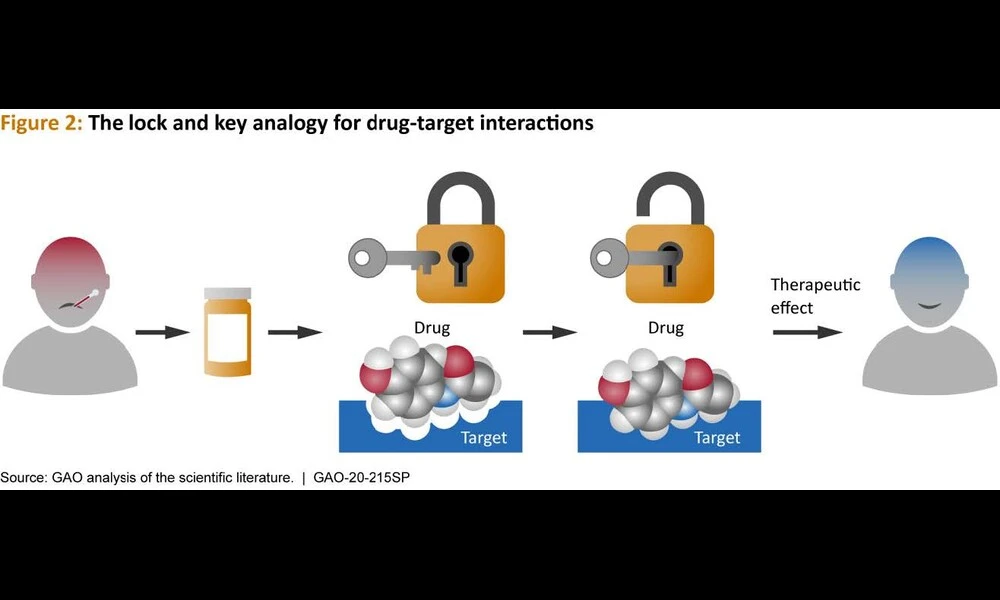New Study Explores the Importance of Higher Orders in Opacity for Unraveling the Mysteries of Quark-Gluon Plasma
Published on Thu Jan 01 1970A new study published on the preprint server arXiv has explored the importance of higher orders in opacity in the tomography of Quark-Gluon Plasma (QGP). QGP is a unique state of matter that consists of quarks, antiquarks, and gluons that are no longer confined. It can be created in high-energy particle collisions at facilities such as the Relativistic Heavy Ion Collider (RHIC) and the Large Hadron Collider (LHC). Understanding the properties of QGP is crucial for unraveling the mysteries of the early universe.
The study focused on energy loss, one of the main mechanisms through which hard probes interact with QGP constituents. The researchers derived explicit expressions for dynamical energy loss and implemented them into a numerical framework to study the effects of higher orders in opacity on high transverse momentum (p⊥) observables. By analyzing extensive numerical data, the researchers found that higher-order effects on these observables are relatively small, suggesting that the approximation of a single scattering center is adequate for current formalisms.
The significance of this research lies in its contribution to improving our understanding of QGP tomography. Previous energy loss models either considered one or an infinite number of scattering centers, which are insufficient representations of the real-world QGP created in experiments. By including a finite number of scattering centers, this research provides a more complete treatment and sheds light on the accuracy of current models.
The findings of this study have implications for the interpretation of experimental data from RHIC and LHC. By understanding the effects of higher orders in opacity, researchers can refine their predictions and gain deeper insights into the properties and behavior of QGP. This research helps to bridge the gap between theoretical models and experimental observations, bringing us closer to a comprehensive understanding of the fascinating world of QGP. Future studies will further explore the effects of including higher orders in opacity in evolving mediums, promising even more exciting discoveries in the field.



